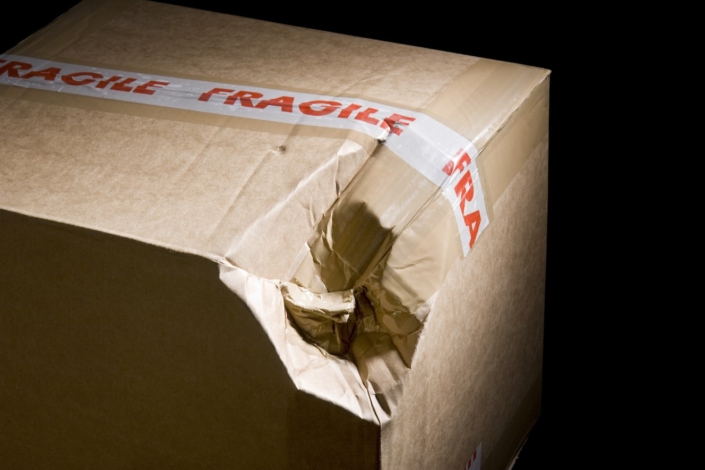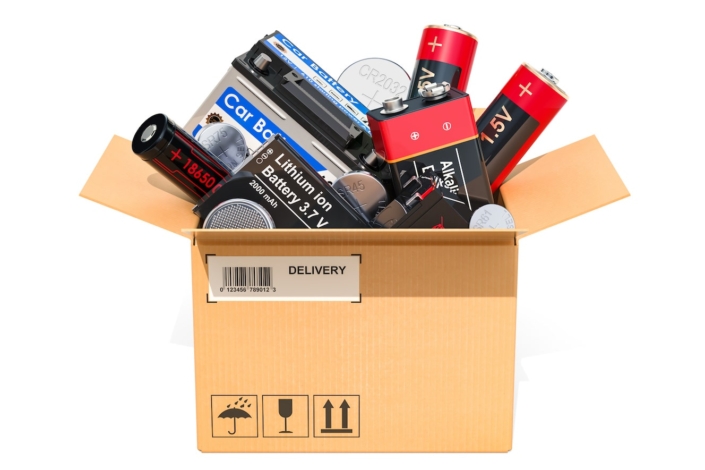WISMO (short for “Where is my order”) tickets take up your team’s bandwidth and lose your company money. In our blog series, we’re covering four strategies that top brands use to avoid WISMO fiascos. Find the other articles here:
- How To Keep Visibility Gaps From Scaring Customers Away
- Fixing Phantom Shipments Fast
- Why Managing Exceptions Is Critical
- Eliminate Tracking Silos Before They Derail Peak (coming soon!)
Prefer to get all the information at once? Download the ebook here: How To Stop Visibility Gaps From Stealing Your Revenue.
The dreaded subject line …
Let’s set the scene. An order goes out. The customer’s pumped. You’re confident it’ll arrive on time. And then… nothing. Four days later, your support inbox dings with a dreaded subject line:
“Delivery failed?”
You check the tracking and see it—“Exception.” Maybe the address was wrong. Maybe the box got damaged. Maybe the carrier gave up after one half-hearted attempt.
Whatever the reason, the order didn’t make it. The customer is frustrated. You’re caught off guard. And now you’re playing defense.
Sound familiar?
What is a shipping exception?
It’s not just a delay—it’s a disruption. A shipping exception is anything that prevents a package from being delivered as expected. That could be:
- An incomplete or invalid address
- A damaged package
- A failed delivery attempt with no follow-up
- A return to sender
- A customer refusing the delivery
And the worst part? Most brands don’t even know it happened until the customer reaches out—or until the case quietly closes in a carrier system no one’s watching.
These aren’t edge cases. Up to 11% of all packages hit some kind of exception. That’s more than one in ten orders going sideways.
So you’ve got an exception—now what?
This is where most companies lose the thread. But response speed is everything.
First, figure out what went wrong. Was it an address issue? Was the package damaged? Did the delivery get blocked or missed?
Then let the customer know you’re on it. Even a short “We saw there was a hiccup—we’re working on it” message can turn panic into peace of mind.
From there, take action. Reroute the shipment. Update the address. Reship it if needed. And finally, track the resolution—know how long it takes and who owns the fix. This isn’t just cleaning up a mess; it’s rebuilding trust.
Why exceptions wreak havoc
Every exception you miss is a moment of silence that costs you.
What could’ve been a quick fix turns into a refund, a bad review, and a customer you’ll probably never see again. And for your support team? This is where the WISMO flood begins. Most of those “Where’s my order?” messages trace back to exceptions no one flagged in time.
If your customer knows there’s a problem before you do, you’re not just late—you’re exposed.
How to get ahead of the chaos
Not every exception is preventable—but a surprising number are. Here’s how the best brands stay one step ahead:
- Validate delivery addresses at checkout. A clean address upfront slashes delivery issues before they even start.
- Avoid known “danger zones.” Certain routes and carriers fail more often. Steer clear during crunch time to dodge headaches.
- Use better packaging. That extra-sturdy box may feel like overkill—but it’s cheaper than a damaged return.
- Track exception trends early. Spikes aren’t random—they’re warnings. Spot patterns now, fix them before peak, and save the scramble.
- Spot issues the moment they happen. Don’t wait for complaints. Webhooks can instantly alert your team when packages hit statuses like delivery_failed or return_to_sender.
When a package hits a status like delivery_failed, exception, or return_to_sender, you can fire a webhook that alerts your ops or CX team in real time. That alert can:
- Open a support ticket
- Ping a Slack channel
- Send a branded email to the customer
- Even trigger an automatic reship for high-risk orders
Now you’re not just reacting—you’re responding before it becomes a problem.
And if you’re using Luma Insights, you can go even deeper. Break down exception rates by carrier, shipping zone, SKU, or warehouse to pinpoint patterns—and eliminate recurring problems before peak hits.
Follow along for more WISMO prevention strategies
This article is the third in a four-part series. We’ll link new articles here as they’re published so you can learn everything you need to know about filling visibility gaps and keeping customers happy. Make sure to follow along!
Looking for more shipping tips?
Talk with a shipping specialist to find more tools and resources.




